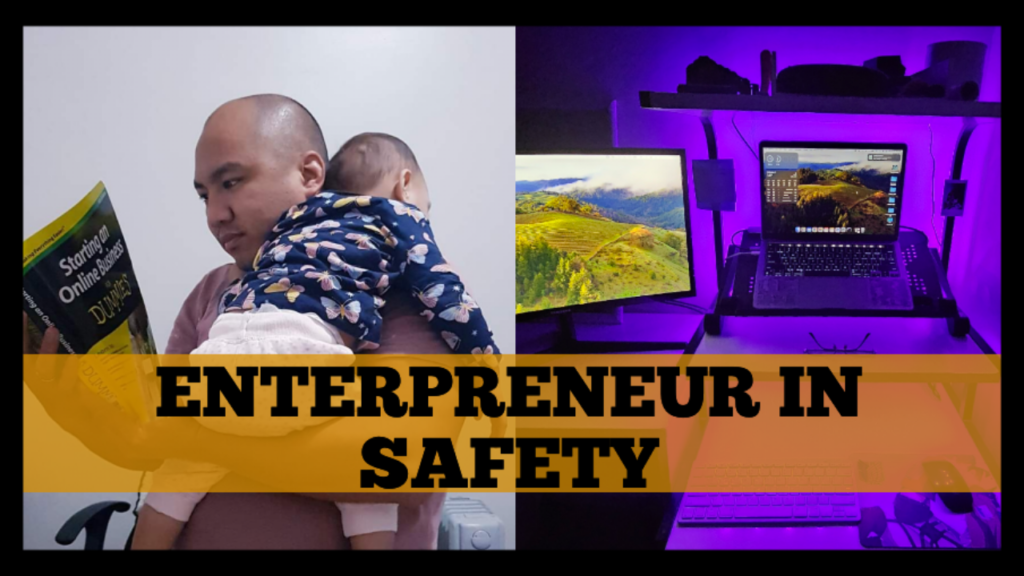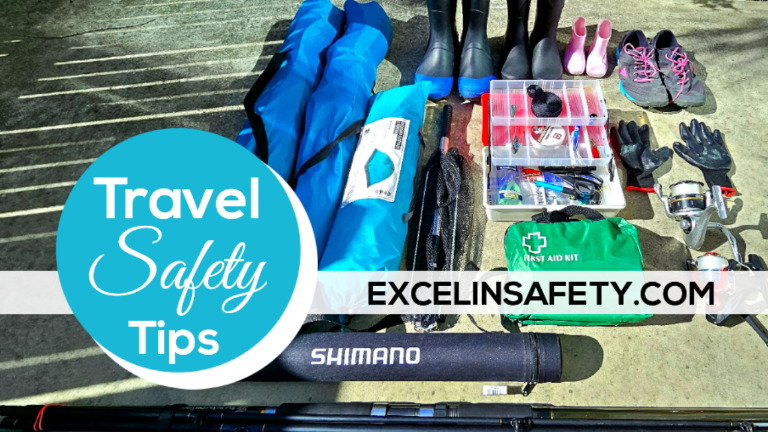Every day, millions of Filipinos go to work, unaware of the potential hazards that may lurk around every corner. From construction sites to factories to offices, accidents can happen at any time. That’s why it’s so important for employees in the Philippines to receive occupational first-aid training.
Occupational first aid training is designed to teach employees how to recognize and respond to common workplace emergencies, such as bleeding, choking, burns, and heart attacks. It also covers how to use automated external defibrillators (AEDs), which can be life-saving in the event of a cardiac arrest.
Why is occupational first aid training so important for employees in the Philippines?
Here are just a few reasons:
- To protect themselves and their colleagues. When an accident happens in the workplace, every second counts. Having trained first aiders on hand can make the difference between life and death.
- To reduce workplace injuries and illnesses. First aid training can help employees to prevent injuries and illnesses from happening in the first place. By teaching employees how to identify and avoid hazards, first aid training can help to create a safer workplace for everyone.
- To increase productivity and morale. A safe and healthy workplace is more productive and has higher employee morale. When employees know that they are protected in the event of an emergency, they are more likely to feel comfortable and focused on their work.
- To comply with the law. In the Philippines, it is required by law for all workplaces to have at least one certified first aider. This requirement is designed to ensure that all employees have access to first-aid care in the event of an emergency.
Why is learning occupational first aid more than just the certificate you receive?
When you receive a certificate in occupational first aid, it means that you have completed a training program that has taught you the skills and knowledge you need to provide first aid in the workplace. However, learning occupational first aid is more than just getting a certificate. It’s about developing the confidence and skills to respond to an emergency situation and potentially save a life.
Here are just a few of the things you will learn in an occupational first aid training course:
- How to assess the scene of an emergency and identify the hazards
- How to provide first aid for common workplace injuries and illnesses, such as bleeding, choking, burns, and heart attacks
- How to use an AED
- How to communicate effectively with emergency personnel
- AND MANY MORE! – Will be discussed during the training
How to convince yourself and others to get occupational first aid training
If you’re still not convinced that occupational first aid training is important, here are a few things to consider:
- Imagine yourself in an emergency situation at work. What if you or a colleague is injured? Would you know what to do? Having occupational first aid training could mean the difference between life and death.
- Think about the people around you. Do you have a family? Friends? Colleagues? If you were to be incapacitated in an emergency, would you want to know that someone is there to help you? Having occupational first aid training means that you could be that person for someone else.
- Consider the legal implications. As mentioned above, it is required by law for all workplaces in the Philippines to have at least one certified first aider. If you are an employer, failing to provide your employees with occupational first aid training could put you at risk of legal liability.
Remember that occupational first aid training is not just for emergencies. The skills and knowledge you learn in a training course can also be used to prevent injuries and illnesses from happening in the first place. By teaching you how to identify and avoid hazards, occupational first aid training can help you to stay safe and healthy at work.
Occupational first aid training is an essential skill for all employees in the Philippines. It can help you to protect yourself and your colleagues, reduce workplace injuries and illnesses, increase productivity and morale, and comply with the law.
If you haven’t already received occupational first aid training, I encourage you to do so as soon as possible. It’s an investment in your own safety and the safety of those around you.
Here are a few additional tips to convince yourself and others to get occupational first-aid training:
- Think about the impact you could have on others. Imagine being the one to save someone’s life in an emergency. It would be an incredibly rewarding experience.
- Talk to someone who has taken occupational first aid training. They can share their own experiences and explain why they found the training to be so valuable.
- Do your research. There are many different occupational first aid training courses available. Compare the different courses and find one that fits your needs and schedule.
- Make it a priority. Occupational first aid training is an important investment in your safety and the safety of those around you. Schedule your training








Leave a Reply
You must be logged in to post a comment.